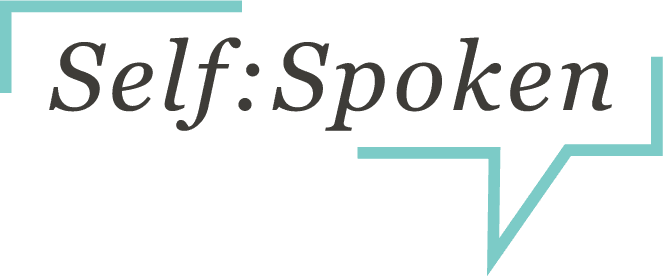“I just wish people felt more comfortable and connected here. I know if they did, they’d be more productive and perform at a higher level.”
This is what the Director of Organizational Development at a fast-growing tech start-up said to me the other week. And she isn’t our first client to say something like this either.
Have you ever felt this way?
In The Culture Code (a must-read for all my team leads out there!), Daniel Coyle takes us behind the scenes of some of the most successful groups in the world – from Pixar to Google to the US Navy SEALs.
![The Culture Code: The Secrets of Highly Successful Groups by [Coyle, Daniel]](https://images-na.ssl-images-amazon.com/images/I/51S2PyWhw8L.jpg)
He points out that all these teams use, what he refers to as, “Belonging Cues.”
“Like any language, belonging cues can’t be reduced to an isolated moment but rather consist of a steady pulse of interactions within a social relationship. Their function is to answer the ancient, ever-present questions glowing in our brains: Are we safe here? What’s our future with these people? Are there dangers lurking? “
What’s most fascinating to me about Coyle’s discovery is that we learned to signal belonging way before we used language to communicate about it.
If you’ve ever felt paranoid about your sense of belonging at work but couldn’t necessary articulate why you felt that way or what was missing, chances are it was one of these 3 fundamental belonging cues:
1. ENERGY – when someone shows you that they’re invested in their interaction with you.
How? By making and holding eye contact with you, really listening, speaking with genuine enthusiasm, and demonstrating genuine interest in your response.
2. INDIVIDUALIZATION – when someone makes you feel unique and valued.
How? By validating a habit or skill that’s specific to you. (Examples: “I appreciate that you always ask how you can help before I assign you something.” “I love that, even when you have a million things going on, you don’t bring that energy into your one-on-ones with me.” “You’re really good at keeping one eye on the big picture and the other on what’s right in front of you.”)
3. FUTURE ORIENTATION – when someone gives you the sense that your relationship has a future and isn’t just a temporary, using-each-other-to-get-things-done arrangement.
How? By highlighting your shared values and expressing your hopes for the relationship’s future. (Examples: “I love that you’re a stickler for details like me. As we continue to work together on these kinds of projects, I hope we keep focusing on these little things, but also push each other out of the weeds when necessary.” “By this time next year, I’d love to have you training others how to run this kind of program.”)

I spend a lot of time working with teams on how to signal these exact cues. And I can promise you that if you help your team carve out the time and space to:
![]() Reflect on the signals you’re currently sending each other
Reflect on the signals you’re currently sending each other
![]() Learn how to signal the belonging cues you could be sending each other
Learn how to signal the belonging cues you could be sending each other
![]() Practice sending those signals to each other on a daily basis
Practice sending those signals to each other on a daily basis
you’ll become one of those work cultures Daniel Coyle wrote about. A place where everyone feels empowered and supported to do their best work. A place where people spend less time worrying where they stand with each other – and more time on what they’re trying to accomplish together.
So ask yourself: 1) What’s one thing you can do to begin this conversation about signaling belonging at work? What’s one insight you can share with your team? 2) How would some reflection and skill-building in this area affect the way you and your colleagues worked together?
No matter what’s going on for you at work right now, please know that you always belong here. I see you, you matter, and this big-hearted, badass community is here to keep supporting you in whatever way we can.
Just keep showing up as that you, you most want to be. Because when you do, you signal to the rest of us that it’s ok to do the same.
All my love,

P.S. If your company or small (but mighty!) team could benefit from some high-impact training in this area, head on over to the Book Sessions page and submit a contact form.

Oh Baby! Hello From The Other Side…
Some goodies to tie you over while I’m out on maternity leave Guess what? On October 14th, my husband, daughter and I took the…
Have you ever wanted to improve your communication skills and day-to-day speaking confidence, but the advice you found online or in self-help books just……
Picture this: You’ve just given your colleagues a status update about something you’re working on and then… *Crickets* – an awkward silence. You think…


